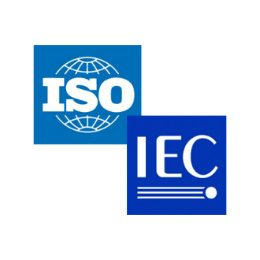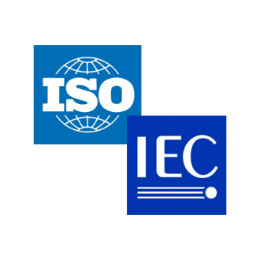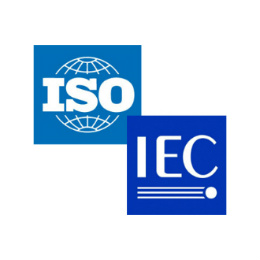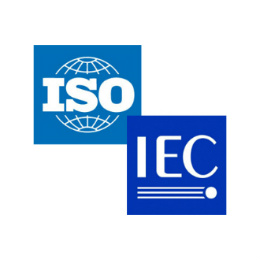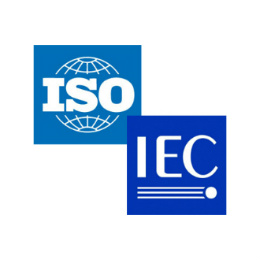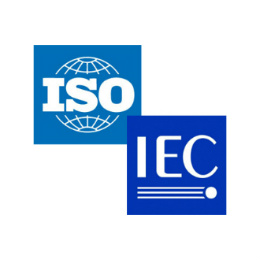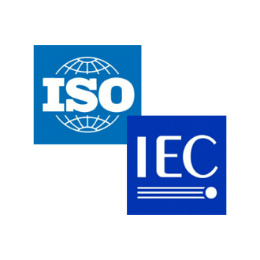The primary focus of the I/O Traces, Tools, and Analysis (IOTTA) TWG is to create a worldwide repository for storage-related I/O trace collection and analysis tools, application workloads, I/O traces, and best practices around such topics. That repository is located at http://iotta.snia.org
The I/O traces of interest to the IOTTA TWG include those up at the host (e.g., system call, file system), those involving a file server (e.g., NFS, CIFS) and those at the "transport level" (e.g., SCSI, Fibre Channel). I/O traces of application workloads along with the analysis and definition of common, recommended semantics and formats for I/O traces are also specific areas of focus for the TWG. Standardized I/O trace formats/semantics will enable the development and use of common I/O trace collection and analysis tools as well as facilitate the sharing of the I/O traces themselves.
The IOTTA TWG is for those interested in the use of empirical data/metrics to better understand the actual operation and performance characteristics of storage I/O, especially as they pertain to application workloads. This includes not only storage vendors but also storage users as well as those within the academic community who are performing research related to storage I/O and storage devices.
IOTTA





